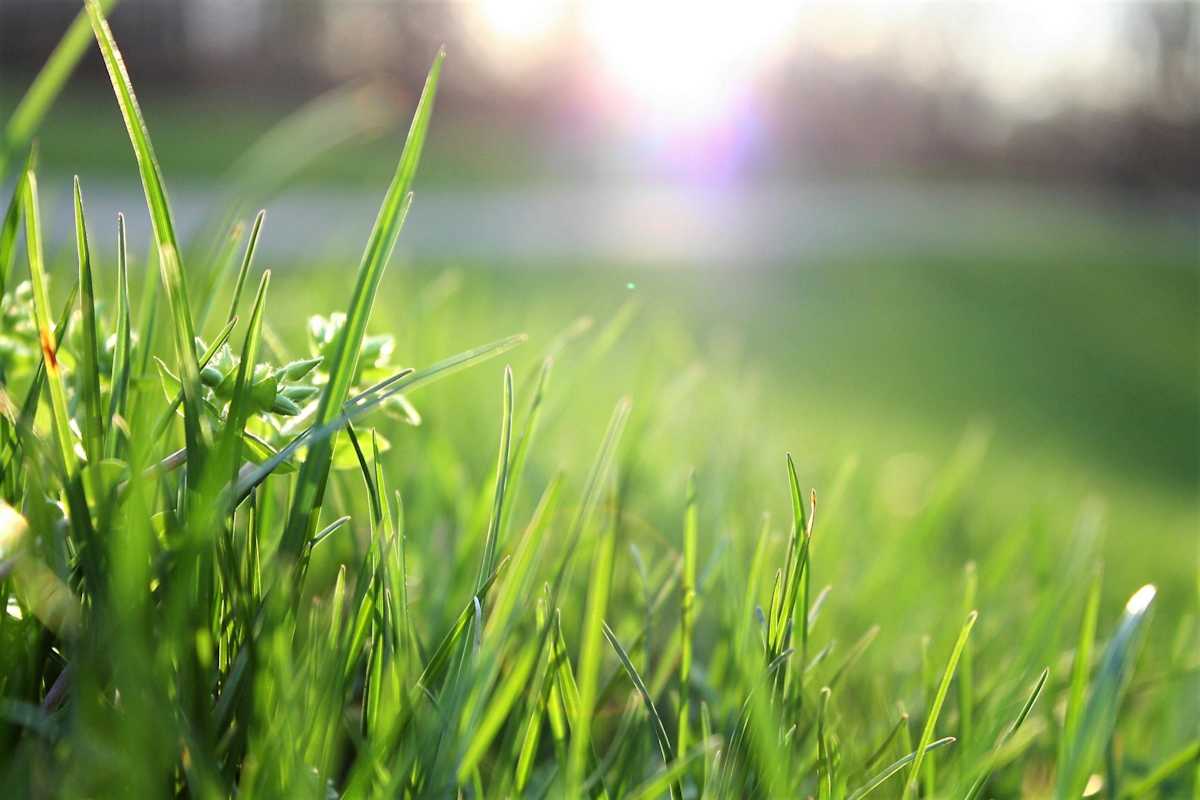Scarifying your lawn – when, how and why
Scarifying the lawn is one of the most effective ways to keep the grass healthy, dense, and green. Along with regular mowing and aeration, scarifying helps improve both growth and soil oxygenation.
But when should you scarify, how do you do it – and why is it so important? Here are the answers.
What is scarifying and why should you do it?
Scarifying involves making thin, vertical cuts into the surface of the lawn using a scarifier. The purpose is to break through the organic layer – known as "thatch" – that builds up between the grass blades and the soil. This improves air circulation, drainage, and nutrient uptake.
Why scarify the lawn?
Scarifying creates the ideal conditions for a thick, resilient, moss-free lawn. It’s an essential step if you want to strengthen the grass roots and reduce competition from moss and weeds.
When should you scarify your lawn?
The best time is in spring (April–May) or late summer (August–September). The soil is moist enough, and the temperatures are favourable for regrowth. Avoid scarifying during dry spells, in summer, or on newly seeded lawns.
How to scarify – step by step
Mow the lawn to about 3–4 cm first.
Go over the area with a scarifier – preferably in two directions.
Rake up all removed material and moss.
Topdress with soil and reseed where needed.
Water thoroughly – keep the soil moist for 1–2 weeks.
How often should you scarify?
Most lawns benefit from scarifying every two to three years. If you have a lot of moss, thick thatch, or poor drainage, you can do it annually – ideally combined with topdressing.
Want to make sure your lawn is always in top shape? Learn more about our lawn mowing service!
How deep should you scarify?
A general rule of thumb is to set the scarifier so the blades cut 2–5 mm into the soil. The goal is to break through the thatch without damaging the roots.
What’s the difference between aerating and scarifying?
Scarifying: Cuts through thatch and opens the lawn for growth.
Aerating: Usually done with hollow tines to loosen compacted soil.
Combining both is especially effective if your soil is heavy or the grass struggles to grow.
Frequently asked questions about scarifying your lawn:
Can you scarify if you have a robotic lawn mower?
Yes, but be very careful with the guide wire. Check the layout before you begin.
Should you scarify before or after topdressing?
Scarifying comes first. It opens the soil and helps the topdressing make better contact.
Can you scarify a wet lawn?
No, overly wet ground can get damaged, and you risk pulling up the grass roots.
Can you scarify the lawn manually?
Yes, but it’s time-consuming. For small areas, a manual scarifying rake works – but a machine is strongly recommended.
